

After 18 bittersweet weeks of quarantine with our children, it was finally time to resume our nomadic journey. As we embarked back into the world, we know that these new experiences, new adventures would vary greatly from our pre-corona travels to South East Asia. We knew that caution would be our greatest ally against getting sick: washing our hands regularly, wearing masks where required, and cleaning the environment where we sit were all musts on our checklist.
Are we afraid of getting sick? Yes, but it is time for life to go on. If everything continues to stand still, the economic repercussions could be unbearable.
So where to next, that was the question laying before as we started to load up our suitcases and it hit us. Croatia would be it, the next adventure, the next stop on our nomadic journey.
As we landed at Dubrovnik Airport, we got a small glimpse of the scenery here and there. And the sight of the whitewashed gray brick and the red clay rooftops following the ridge-line of the gray walls of rocks, the waves crashing up against the lower ridges. The beauty that waited for us was astonishing.
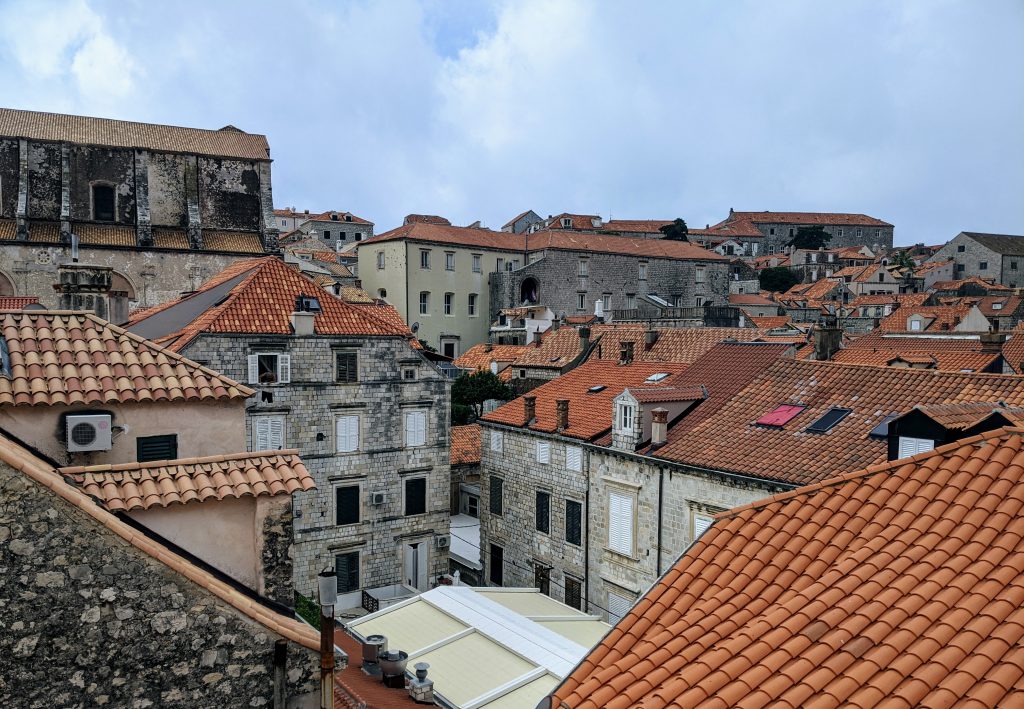
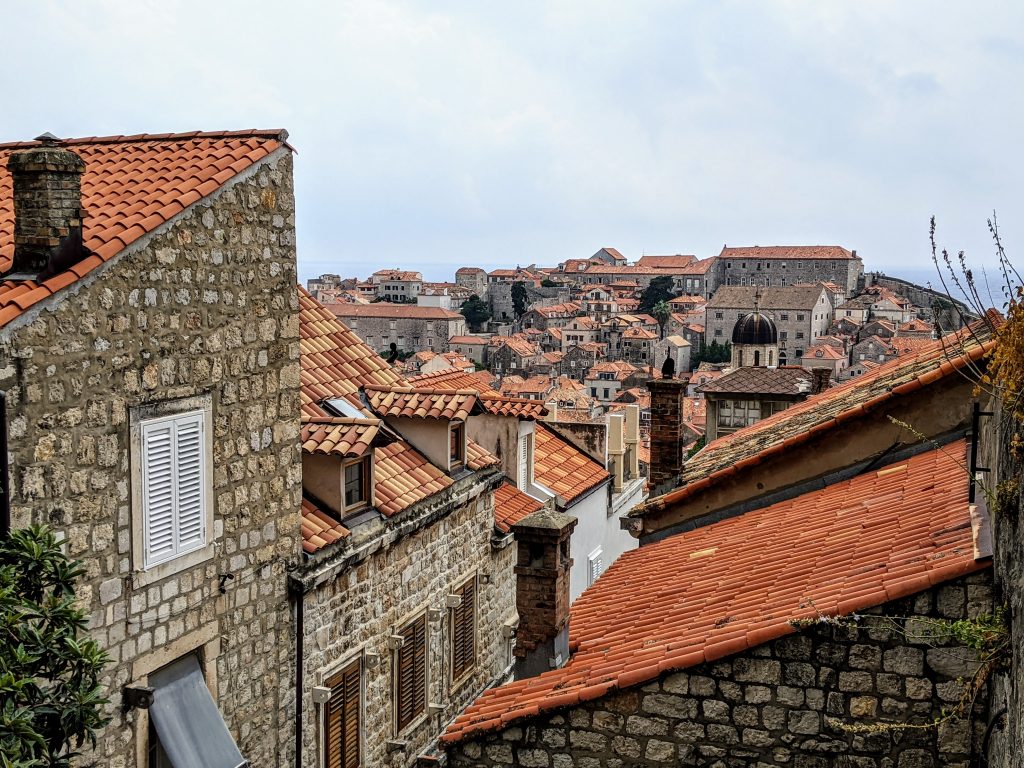
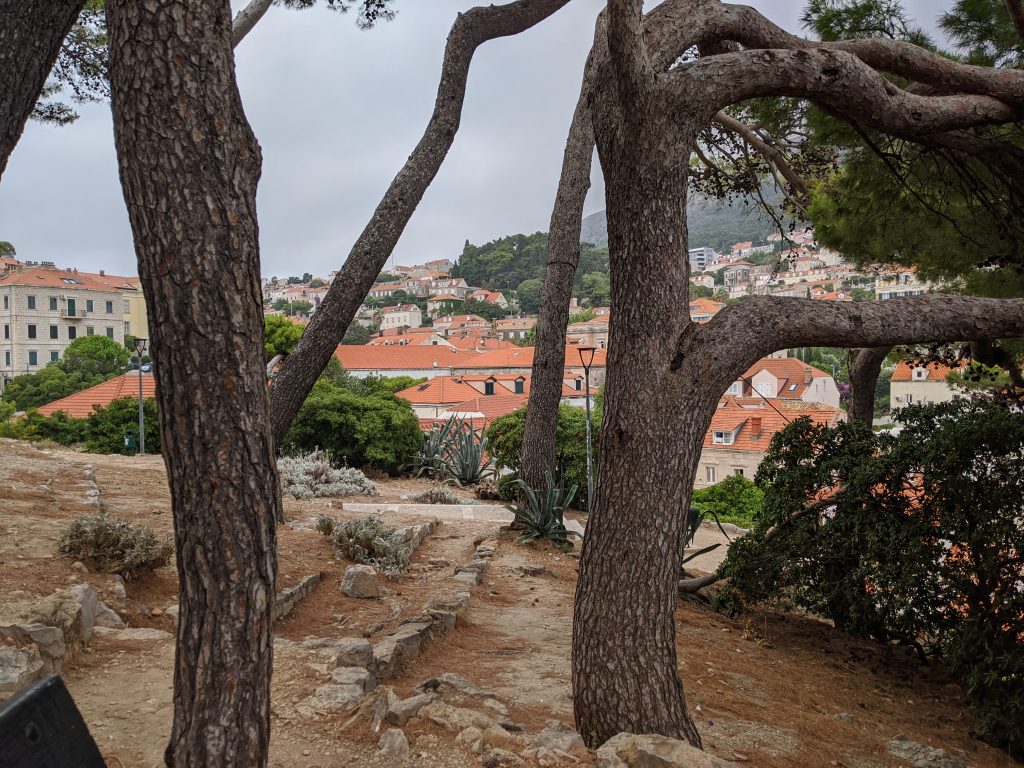
I felt like no matter where we went, this breathtaking beauty would surround, from wandering the streets of the old town to standing at the stone wall overlooking the blue waves of the ocean crash against the shoreline, driving from village to village, or strolling to the port. There was no way for our eyes to miss all the beauty that existed around us.
Our journey in Croatia began in Dubrovnik Old Town, one of the world’s most beautiful, perfectly preserved medieval cities, that juts delicately out into the Adriatic Sea with a gorgeous backdrop of rugged limestone mountains. The town is filled with Renaissance fountains and facades that all intertwine with the wide marble-paved squares, the steep cobbled roads, and the white-washed houses that have stood unchanged, almost untouched by time.
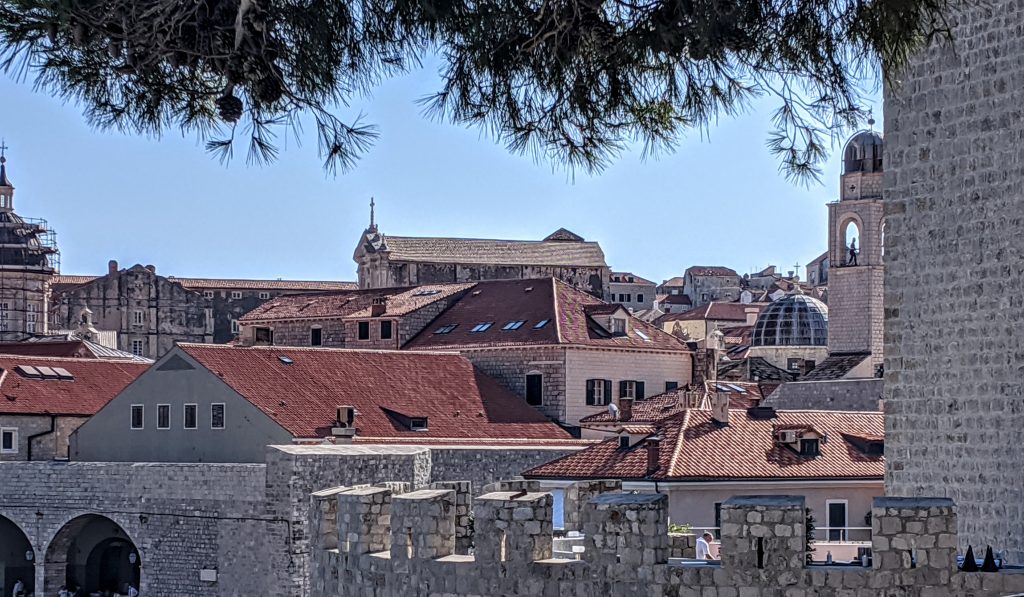
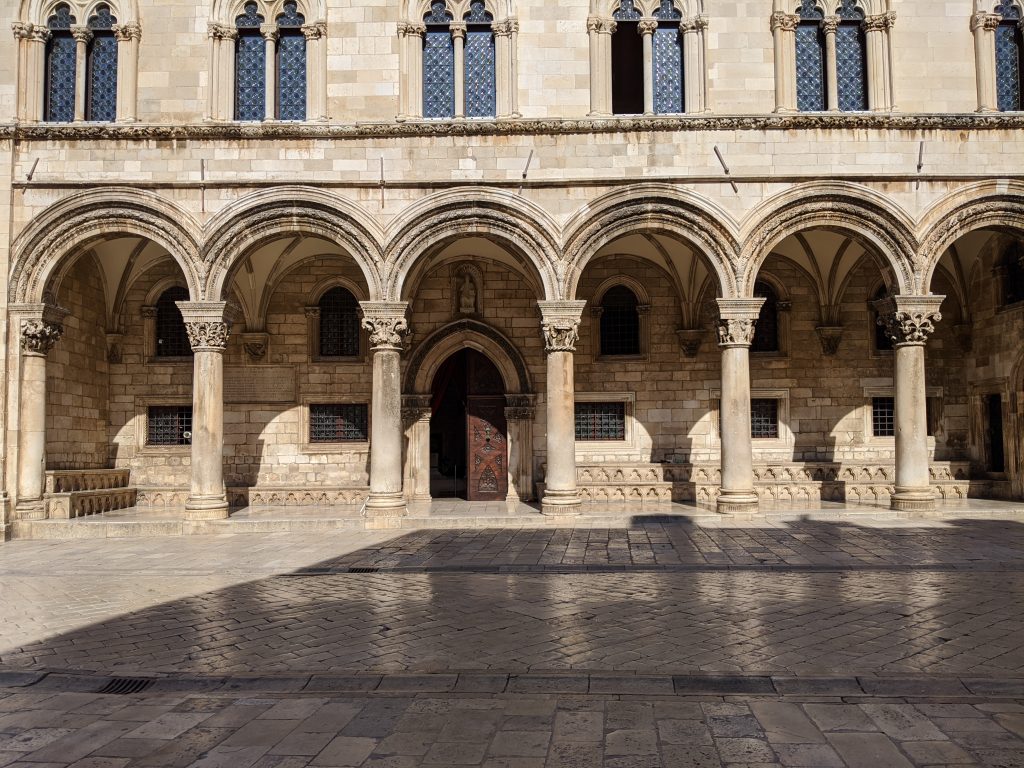
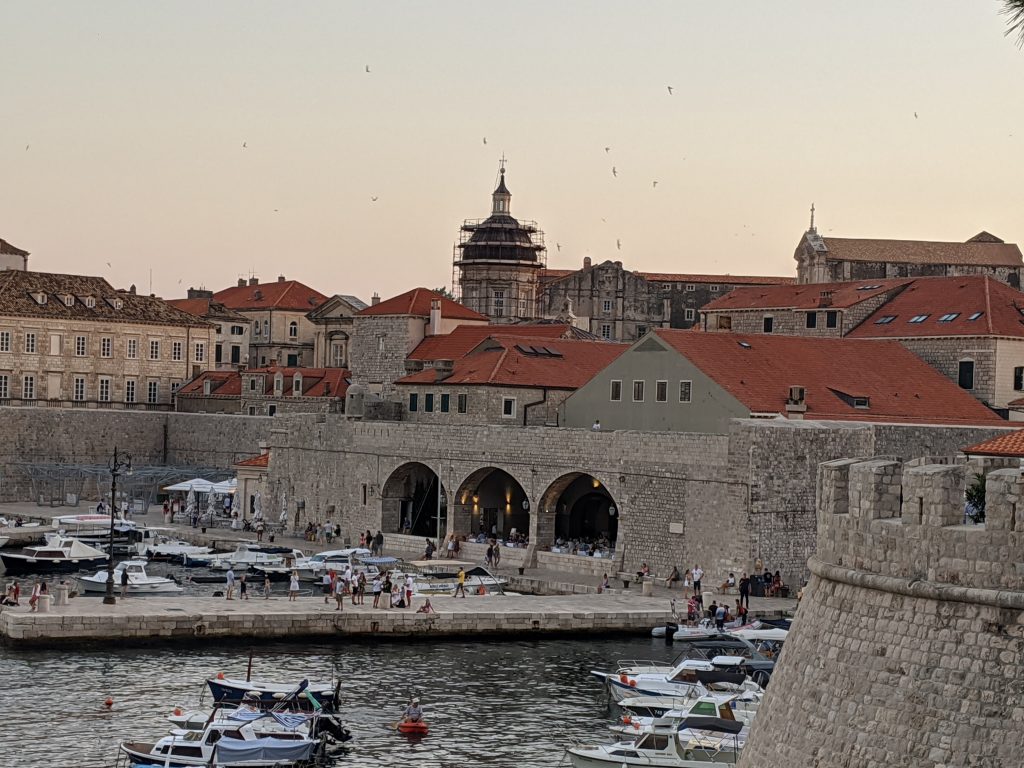
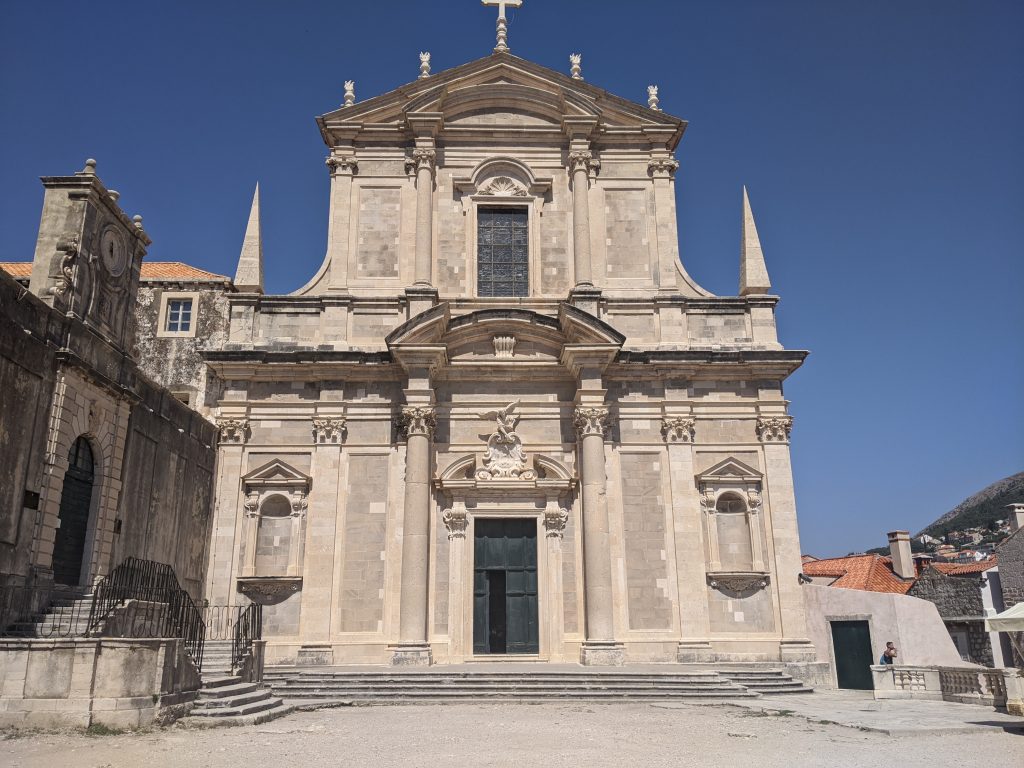
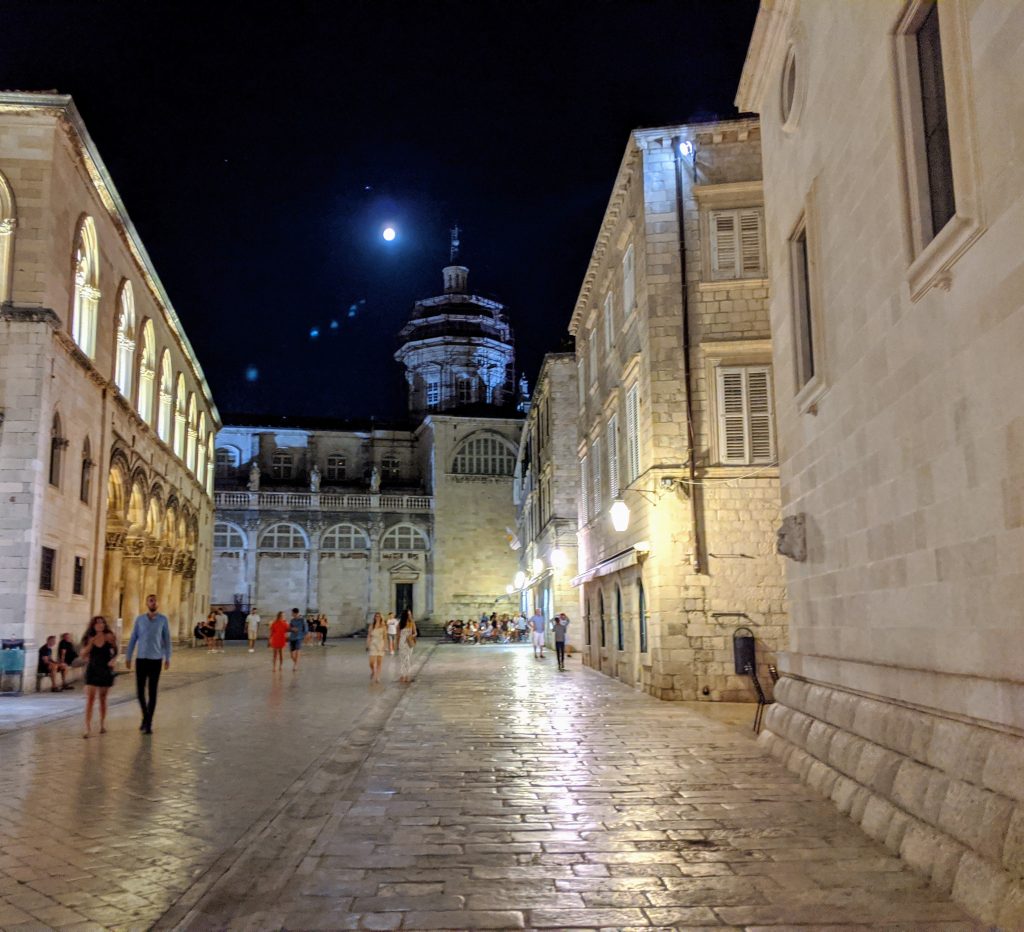
The roaring, massive sturdy walls were built between the 11th and 17th centuries. Standing at the wall, a wall that attracts tourists from all around the world to gape at the majestic views of the ‘Pearl of the Adriatic,’ Philipp and I just glance at each other with eyes wide and sparkling with pure amazement. I can hear us both whisper, “just, stunning,” as we stare back over the lush green islands that surround us as we stand up upon this historic wall.
As we stand there watching the beautiful waves, the lush green islands, we realize that this city is very different from the one we left. It has a lived-in, vibrant, bustling energy of locals and tourists mixed. We can see local homes line the narrow streets and sunlit squares, an unusual site as even those in Amsterdam have moved away from the center points of town to avoid the parade of tourism traipsing through the streets, but not here in Dubrovnik.
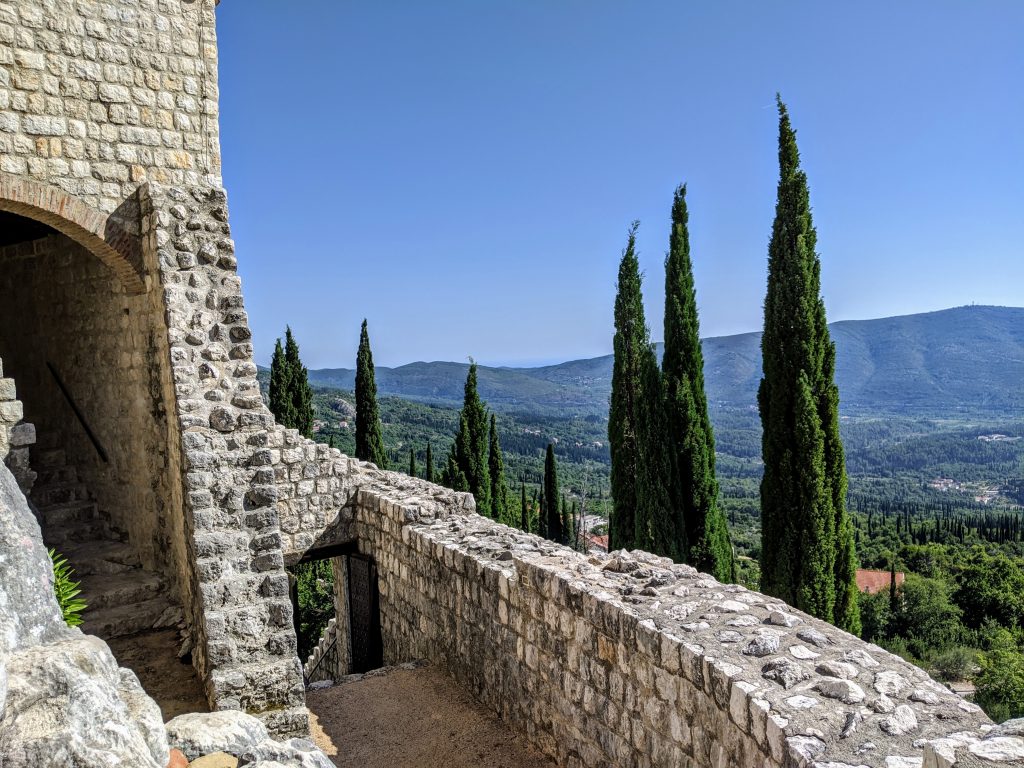
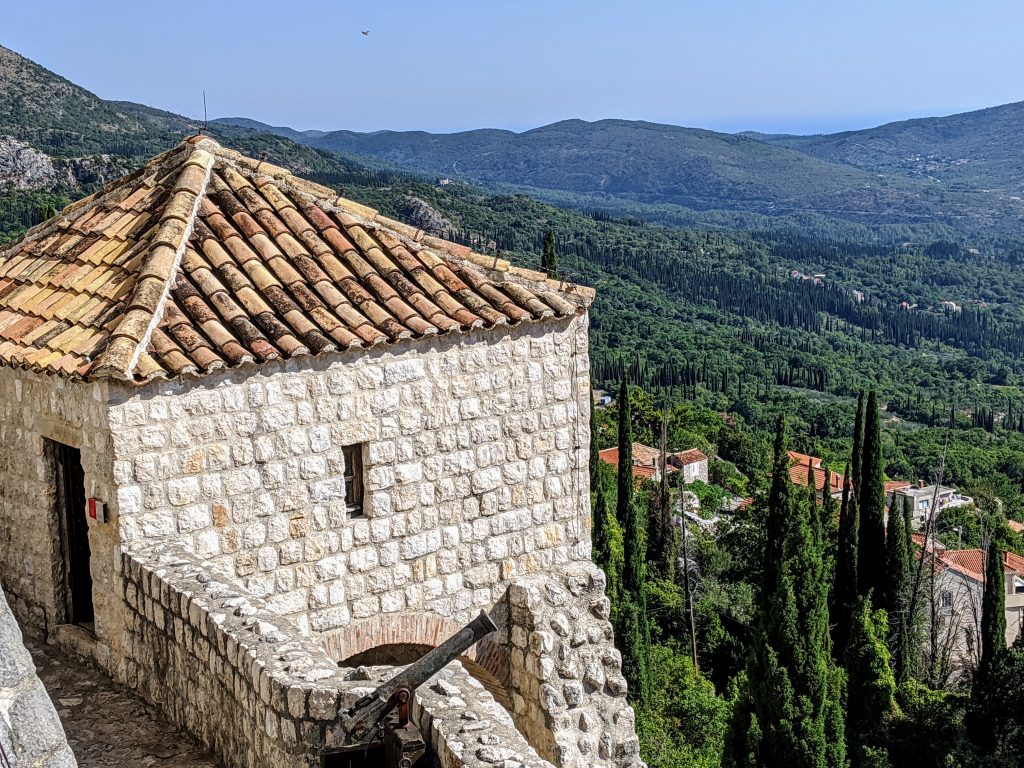
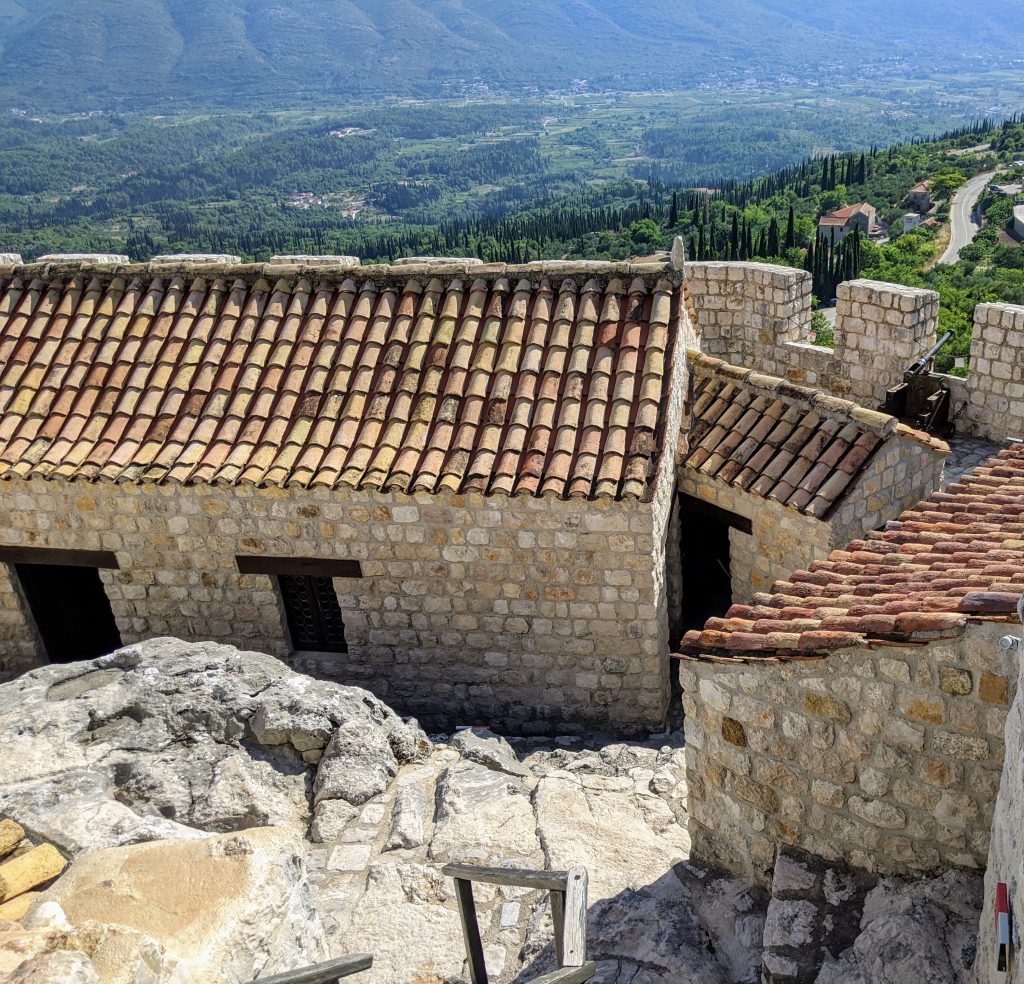
Just sitting 25 km outside of Old Town Dubrovnik, is Sokol Tower. This Illyrian and Roman fortification was built sometime in the 14th century. It has survived the great earthquake of 1667, was abandoned at the beginning of the 18th century where weather continued to damage the majestic tower. In 1965, the ruins were rescued and purchased by the Association of Friends of Dubrovnik Antiquities that over the years worked to restore its beauty. And finally in 1993 after 350 years long years, this majestic fortress reopened its doors to visitors. Offering more than just a chunk of history, as this iconic, medieval tower overlooks the most majestic and magnificent views of the Konavle. The Sokol Tower is a true beacon for history and beauty.
But no trip is complete if you stay at the center, so we ventured out of Dubrovnik, took a drive to the south Konavle region, to the north Peljesac region. And as we drove, it was as if the beauty was endless, everywhere we turned was a sparkle of history and the certain glimmer scenes from Game of Thrones.
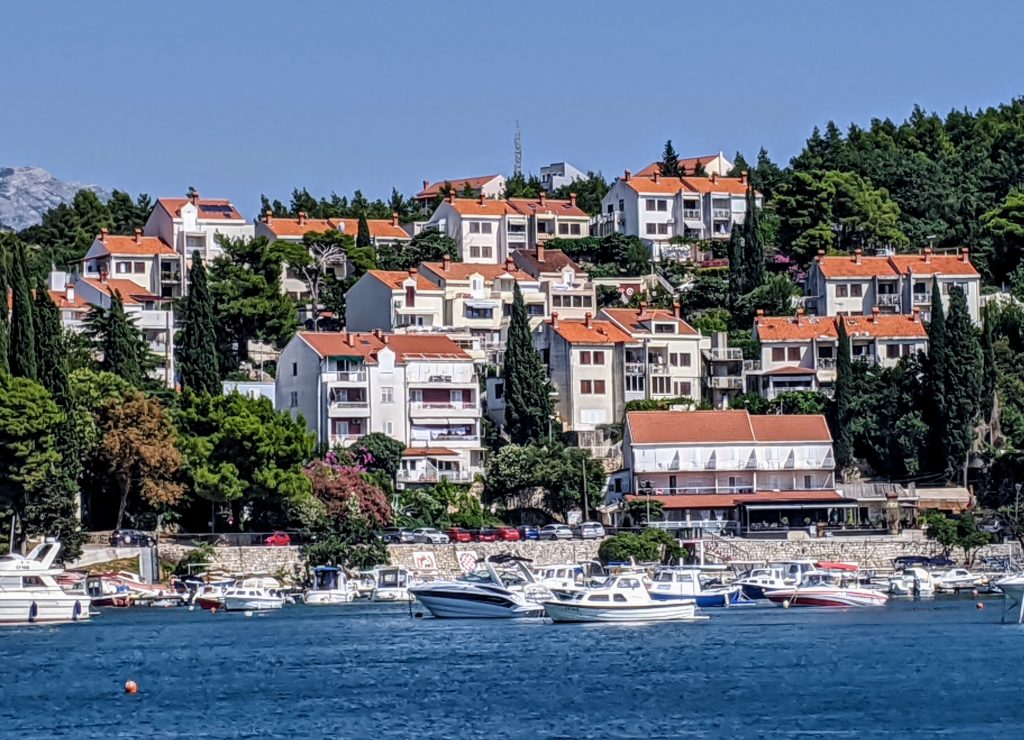
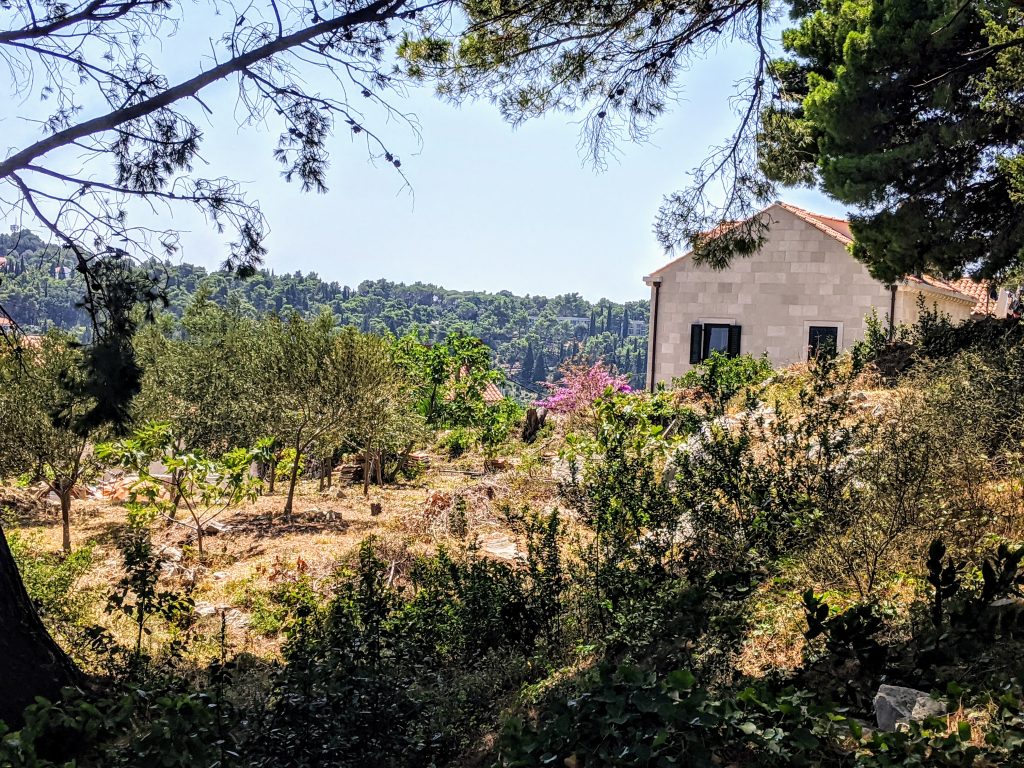
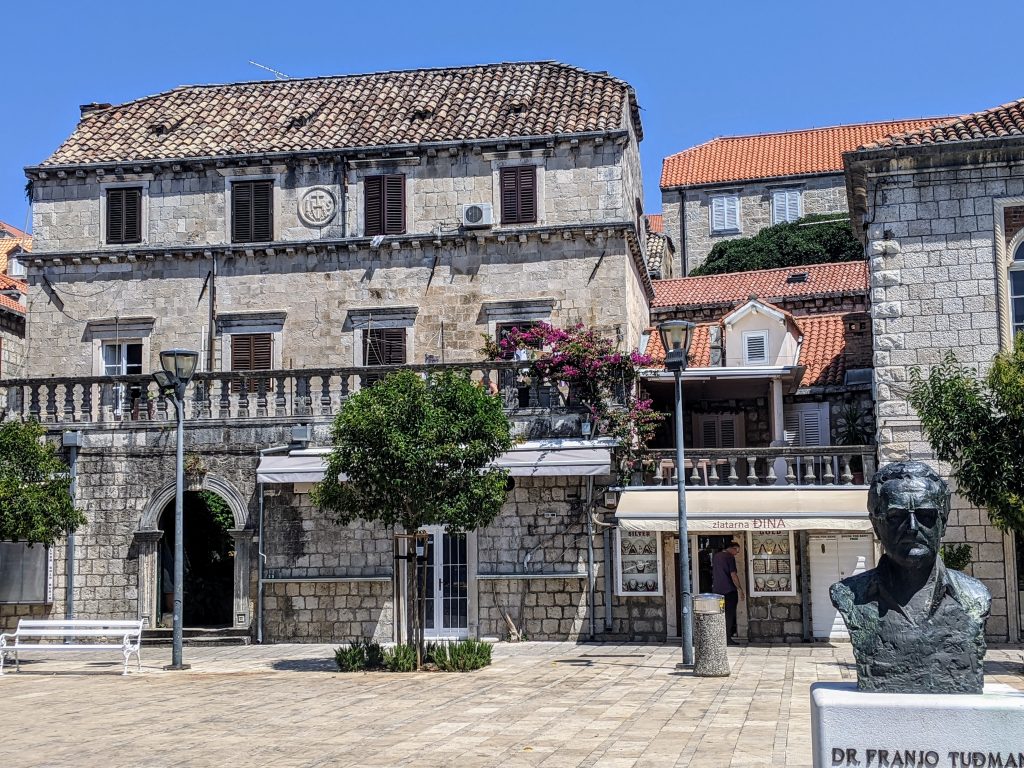
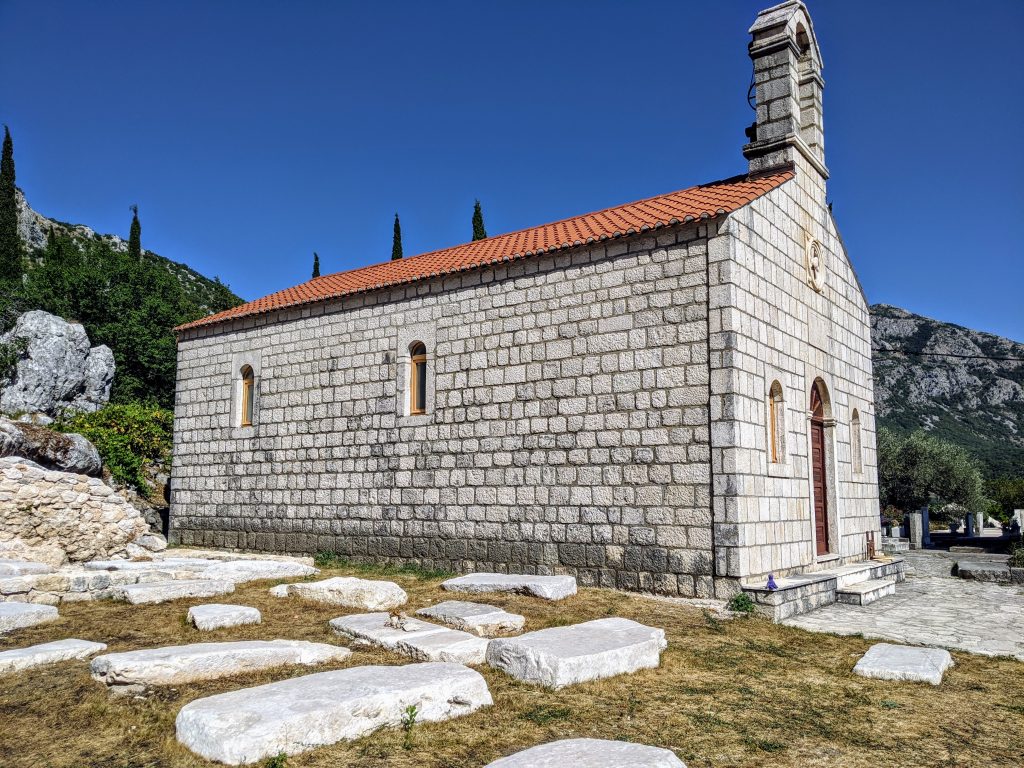
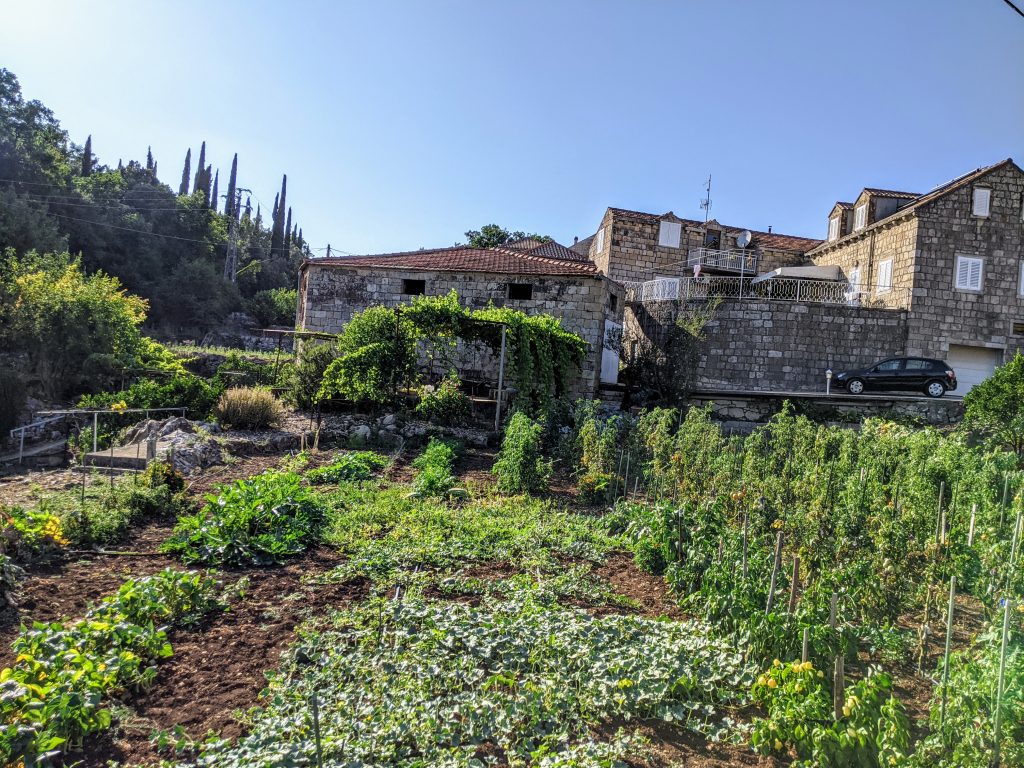
I could see now why this place was their choice as we drove, I myself felt like I was in a movie. The views, the people, the history was so picture perfect it almost didn’t feel real. It was the perfect backdrop.
But as we traveled from village to village, I cannot say I like anyone of them more than the other as they were all so unique, so energetic in their own way. But one day, as we headed north, we stumbled upon Broce, and this was a place I may never forget. Why, you ask? As we wandered into this town, we stumbled upon a quaint restaurant full of seafood options, which is never my first or last choice for meals. But here in this town so close to the ocean, I went out of my comfort bubble and tried an octopus salad, some small fish, fried oysters, and muscles. Never would I have imagined this, though Phillip was so excited to indulge in his favorite foods, I was more hesitant. It only took 35 years of marriage and a beautiful setting near the ocean to get me to take a leap of faith. Making Broce an interesting stop along our journey.
I highly encourage all those who travel, don’t stick to the clear paths, go out and venture, truck along the unbeaten paths, and see the hidden gems that lie beyond the tourist brochure.
Standing back at the wall one evening, I found myself wondering why was the Adriatic Sea so blue. A question that I kept pondering, so upon return to our hotel, I dove into a bit of research.
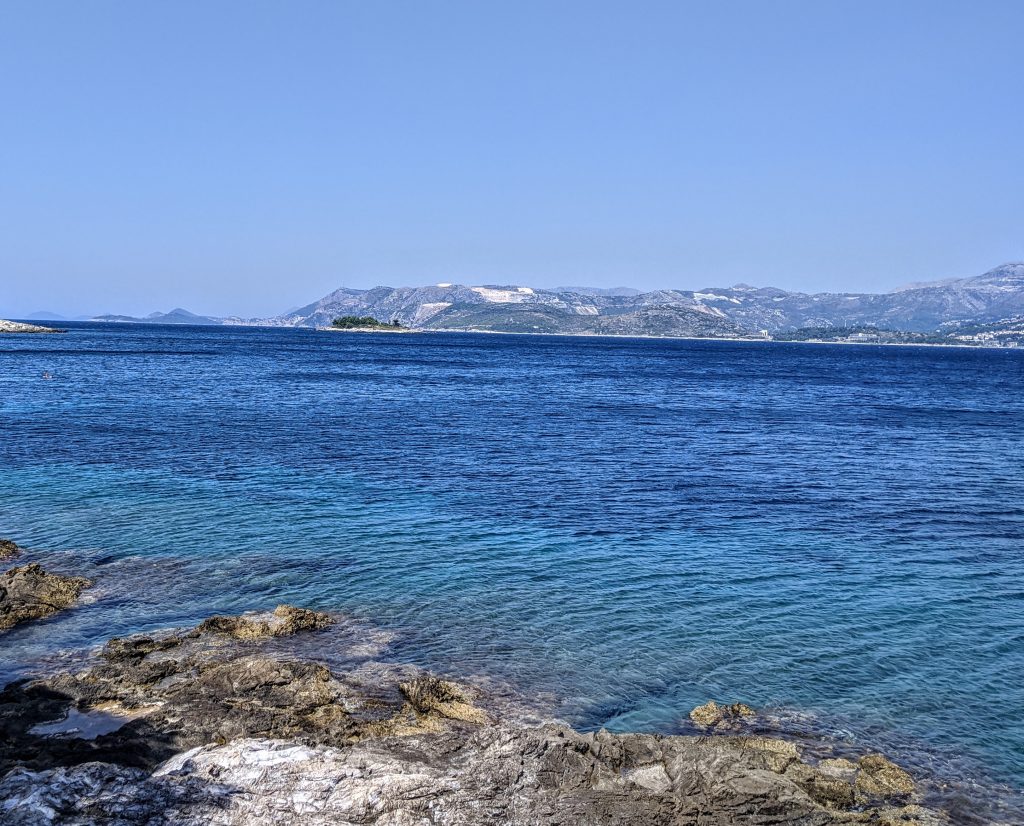
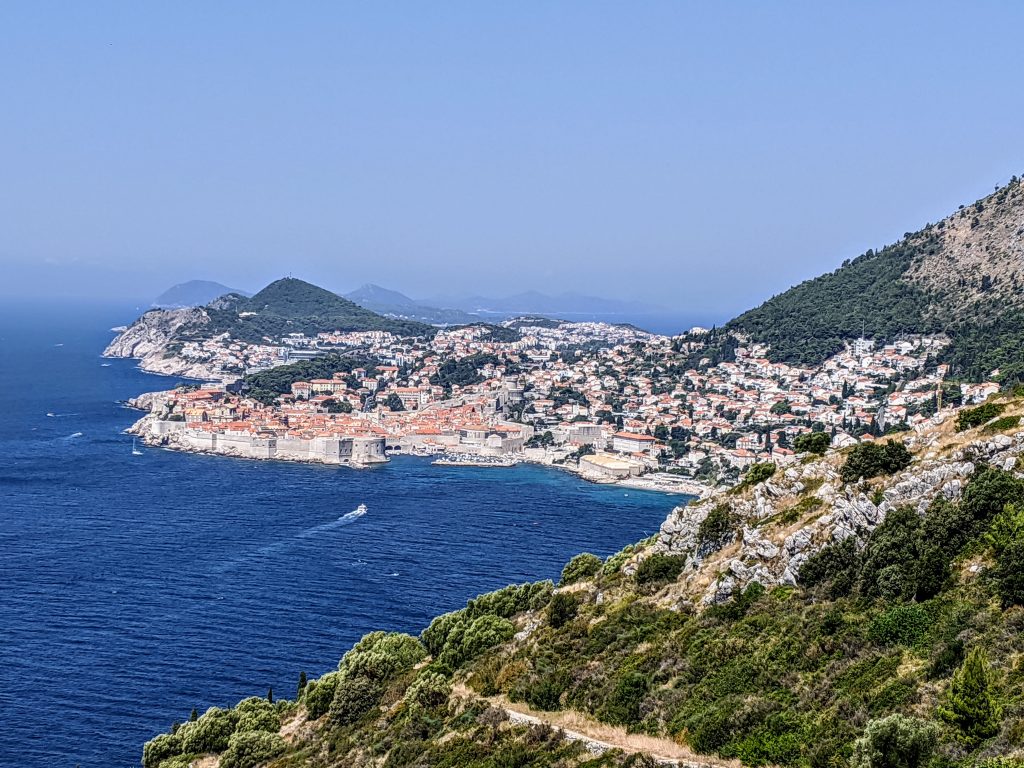
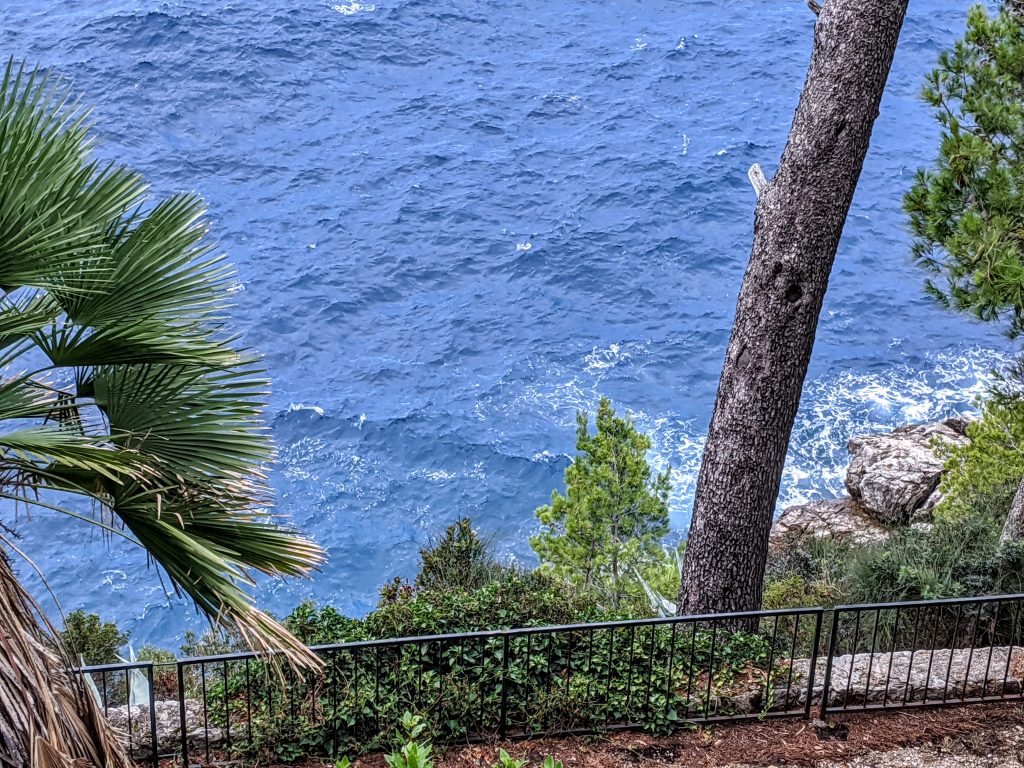
Many seas are filled with algae, which is invisible to our naked eye, which alters the color of the water. The water, here, in the Mediterranean sea, does not have enough nutrients to support the growth of this sea algae, so it remains its natural blue color. And as this Croatian sea, which separates the Italian Peninsula from the Balkans, is surrounded by massive rock walls and very few beaches, it lacks the sand that makes the water cloudy and murky as it crashes along the shorelines.
The beaches here in Croatia are not the typical sandy, tropical island type. But instead, the locals lay down towels along with the smooth pebbles, paved stone areas, and rocks that access the sea; this is their beach.
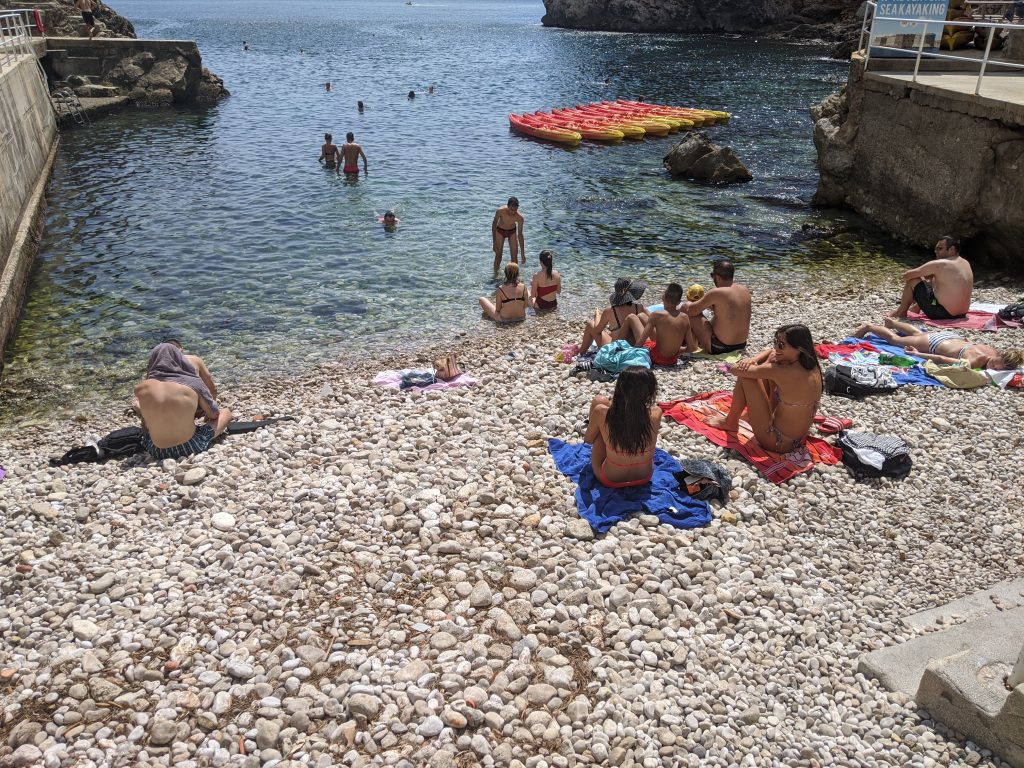
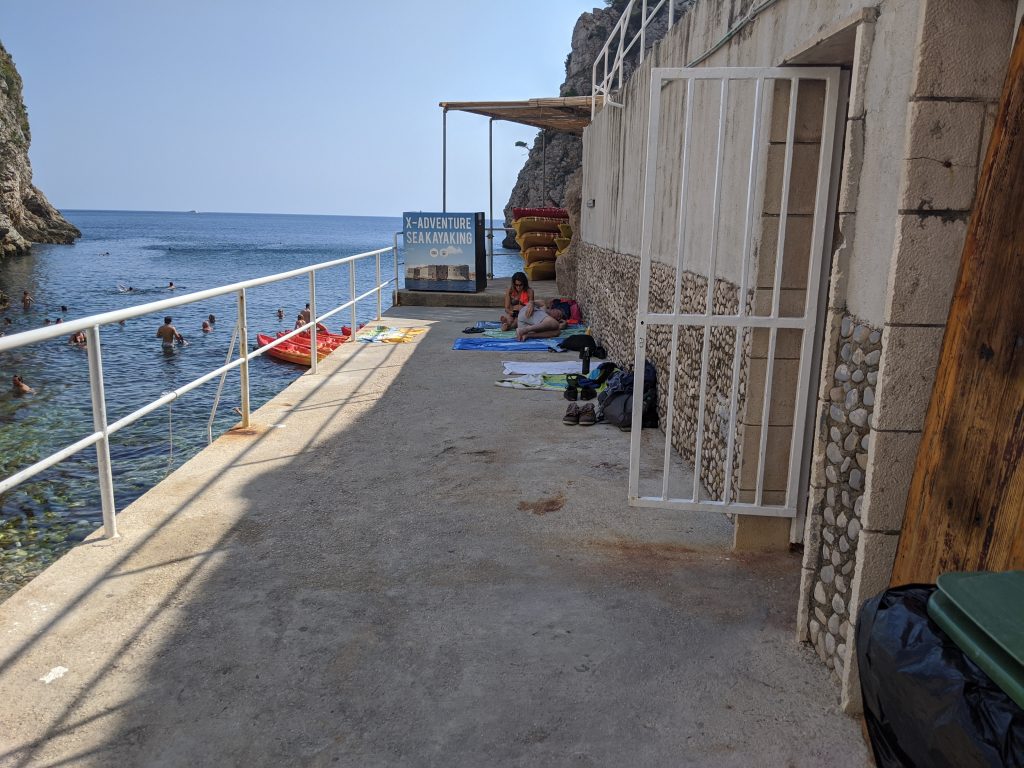
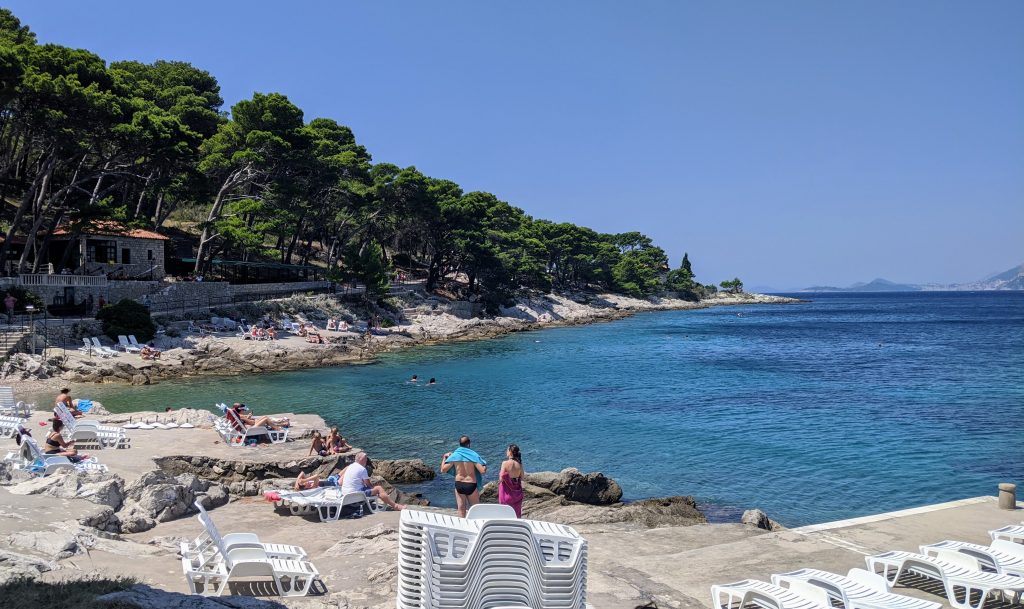
As we wandered through the streets and villages, we were welcomed with open arms. The people were so happy to see visitors as tourism here has dropped 80%. A scary thought, as so many people’s futures on the line if tourism does not come back.
We have traveled for years and understand how tourism is the root of many countries rise out of poverty, but now as with the Pandemic ripping through the world, these roots are slowing pulling out of the ground, holding on for life. We can only pray that people start venturing out that these tourist communities’ roots can hang out a bit longer as the world navigates this new world. I know this new view will not stop us from doing what we love, traveling, but we can’t help but wonder how it will affect the overall pattern of travel for others?